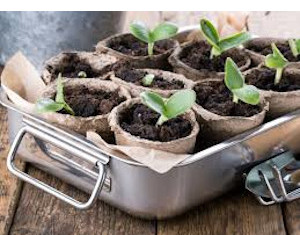
| IN THIS ISSUE | February Garden Guide back to top >> | |||||||

Norris
Public Power District |

Order perennial plants and bulbs now for cut flowers this summer. Particularly good choices are phlox, daisies, coreopsis, asters and lilies. |
|||||||
| EnergyWiseSM Tip: Home Office Equipment back to top >> | ||||

More people are working from home than ever before. A large portion of electricity that was traditionally consumed in commercial offices and businesses has shifted to homes and alternative work locations. While some may not notice the increase on their monthly energy bill, others are surprised to find out how much those office electronics, combined with increased use of other household appliances, can add. Whether at home or in a conventional office, the same principles of energy efficiency apply. |
||||
| February - American Heart Month back to top >> | ||||

Strenuous activity in the winter, whether it's clearing your sidewalk or hitting the slopes with your family, is a risk particularly for people who have heart disease.
Listen to your body. If you are concerned, talk with your doctor, or seek immediate medical attention.
| ||||
| Beef Enchilada Soup Recipe back to top >> | ||||
 |
||||
| |
||||
| This is an ongoing communication. If you wish to unsubscribe from these emails, please unsubscribe here |


